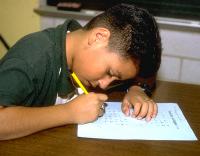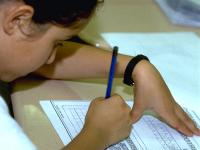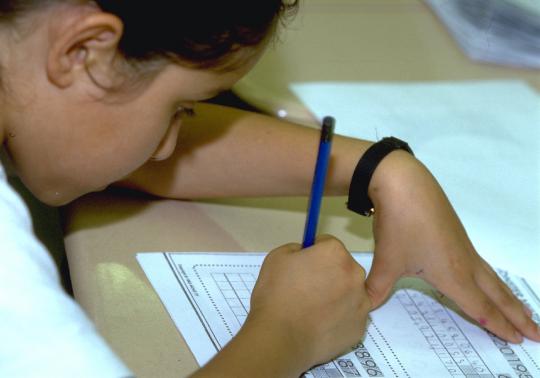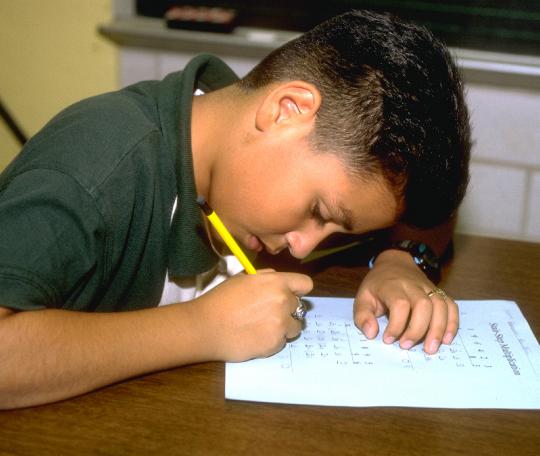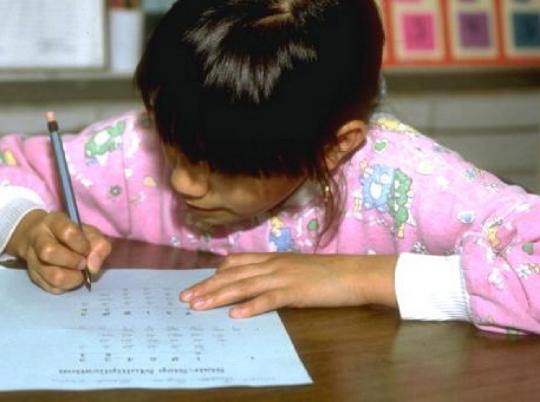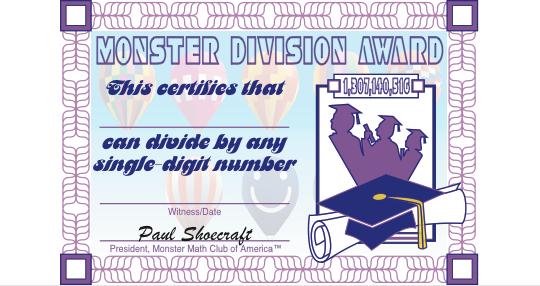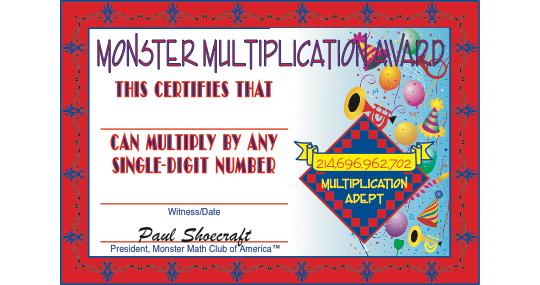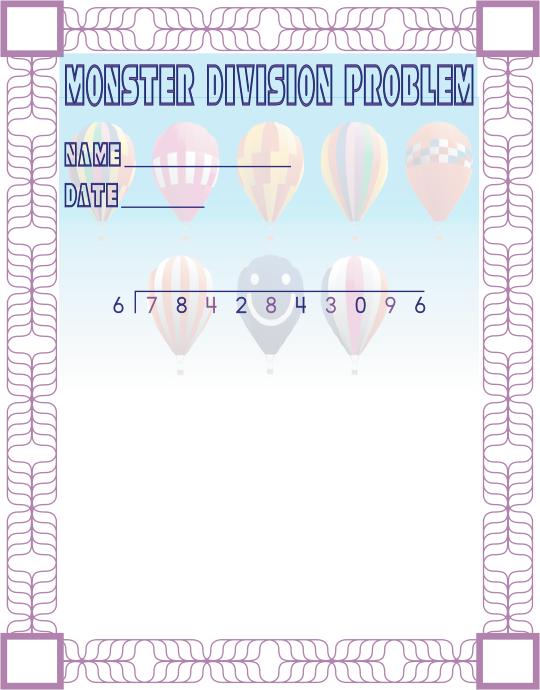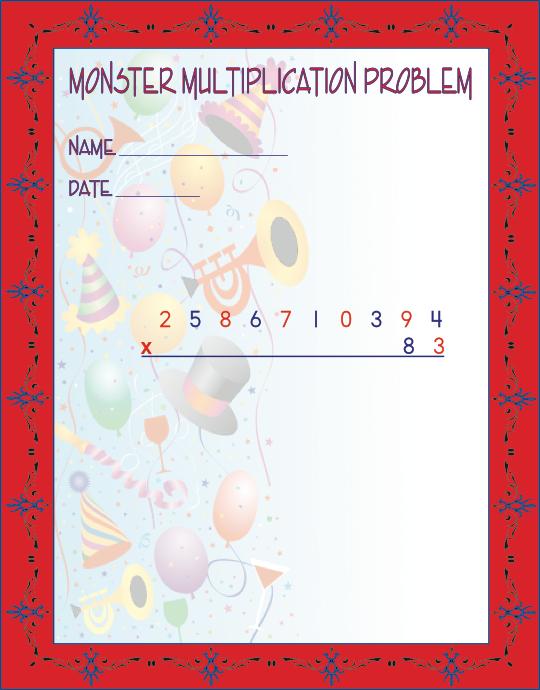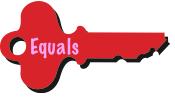 |
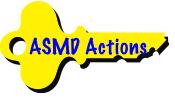 |
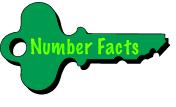 |
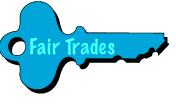 |
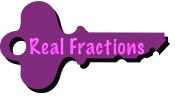 |
||||||||||
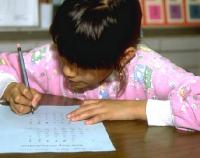 |
||||||||||
the aforementioned skip counting songs, they need to teach them, which is doable in a few months (not years), after which they, too, can teach the multiplication and division algorithms effectively to every child. Once students have demonstrated that they have learned both multiplication algorithms and have worked the and gotten their , they may choose to multiply however they wish. They may even use —the “old” or conventional way of multiplying, probably the way you multiply.
YouTube video: (0:57)
The same goes for division after they have learned both division algorithms and worked the and gotten their . They may even choose —the infamous “gazinta” (goes into) algorithm, probably the way you divide.
YouTube video: (0:45)
How ALL KIDS CAN LEARN ARITHMETIC Can Help America’s Children
In ALL KIDS CAN LEARN ARITHMETIC, virtually every child masters addition and subtraction of whole numbers in grade 1 and multiplication and division of whole numbers in grade 3. Except for periodic review, there is no need to teach these topics again year after year. By deleting what would be unnecessary redundancy from the standard elementary school math curriculum, the approximate 2 years saved by grade 6 can be dedicated to teaching all of the algebra that can be taught with concrete materials beginning in kindergarten, which is a lot: positive and negative integers with , solving algebraic equations on a (EquaBeam Tasks, p. 15), adding and subtracting polynomials with , and much more.
The language of higher mathematics is algebra, and the foundation of algebra is arith-metic. Imagine every elementary school student successfully completing a college-track algebra course in grade 7 or 8 and Algebra II in high school—powerful correlates with “access to college, graduation from college, and earning in the top quartile of income from employment” (: Final Report of the National Mathematics Advisory Panel, U.S. Department of Education, 2008). The elementary school math curriculum to trigger these events does not exist, but the knowledge is there to build one for all students, not just the so-called “gifted” ones.
Algebra Should Be Taught in Elementary School
Algebra should be a mainstream topic in elementary school math beginning in kindergarten. The way children have been sheltered from the subject dating back to the first schools in this country is ridiculous. Consider X+3=8. Problems like this show up in the early grades under the heading of “missing addends” (because the number to add to 3 to get 8 is missing), but a square is used instead of the X: +3=8. The untested (with children) assumption is that a literal (letter) number like X is too abstract (scary!) for children, whereas a square is a like a toy box in which to put the answer. That notion is just plain goofy. Stick with me on this, please.
Mathematics is a language, albeit a written one. Operations like addition, subtraction, multiplication, and division are verbs. They are the actions in equations. Numbers are nouns. They are the names of the recipients of the actions. And literal (letter) numbers, like X and Y, are pronouns. They take the place of the names of the numbers or nouns. Arithmetic without pronouns is baby talk.
Imagine interacting at work, visiting with friends, or being around family for an entire day without ever using a single pronoun—a word referring to someone or something mentioned previously. Think you could do it? Here is a list of the words you could not say, not even one:
all, another, any, anybody, anyone, anything, both, each, each other, either, everybody, every-one, everything, few, he, her, hers, herself, him, himself, his, I, it, its, itself, little, many, me, mine, more, most, much, my, myself, neither, no one, nobody, none, nothing, one, one another, other, others, our, ours, ourselves, several, she, some, somebody, some-one, something, that, their, theirs, them, them-selves, these, they, this, those, us, we, what, whatever, which, which-ever, who, whoever, whom, whomever, whose, you, your, yours, yourself, yourselves
CONTINUED: Next > | 1 | 2 | 3 | 4 | 5 | 6 | 7 | 8 | 9 | 10 | 11 | 12 | 13 | 14 | < Back
